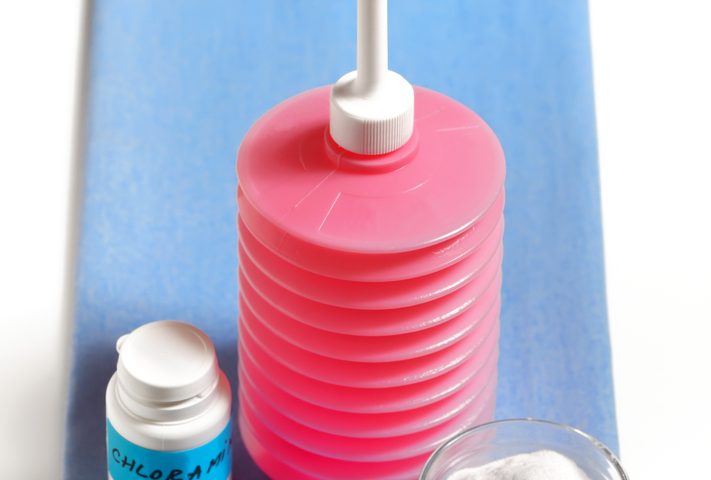The practice of vaginal douching — rinsing the vagina with water-based solutions — has been linked to a greater risk of having a genital human papillomavirus (HPV) infection, particularly the high-risk types linked to cervical cancer.
The study, “Association between Vaginal Douching and Genital Human Papillomavirus Infection among Women in the United States,” published in The Journal of Infectious Diseases, demonstrates that douching can increase the risk of cervical cancer, as both infection with high-risk types of the virus and multiple-type HPV infections known to trigger cancer.
Vaginal douching is generally viewed as a practice enhancing vaginal hygiene, and users often believe incorrectly it can protect against sexually transmitted disease and even pregnancy. Although the Office of Women’s Health at the U.S. Department of Health and Human Services recommends women do not douche, the practice is widespread.
Despite this, there are few studies of how douching may affect the risk of HPV infection, and the ones that exist report contradictory findings. Some argue that douching, particularly after intercourse, can rinse the virus out of the vagina and protect against HPV. Other studies found the practice was linked to an increased risk of having HPV of any type.
Researchers at the University of Texas MD Anderson Cancer Center turned to a 2003-2004 U.S. National Health and Nutrition Examination Survey to look for potential associations between douching and HPV.
The survey had information on the habits of douching and HPV infection for 1,271 women aged 20 to 49. Researchers also looked at the use of other feminine hygiene products, sexual behaviors and sociodemographic factors.
The study found that 23% of the women douched, and nearly half the group had some type of HPV infection; 48% had one type; 25% had two types; and 28% were infected with three to nine different types of the virus. In their analysis, researchers did not include two types of HPV that are linked to genital warts, but which do not cause cancer.
When looking only at high-risk types of the virus, 41% of women had one high-risk type, 16.2% had two, and 9.1% carried three to six high-risk infections. Earlier studies have linked infections with multiple virus types to a higher risk of cervical cancer.
The risk for an HPV infection was linked to numerous characteristics, such as age, ethnicity, education, marital status, cigarette smoking, numbers of sexual partners, use of other feminine hygiene products and having vaginal problems, in addition to douching in the past six months, and how often a woman douched.
A more thorough analysis showed douching also was linked to a higher risk of HPV when taking into account the other factors. Women who had douched in the past six months had a 26% greater risk to have any type of HPV than women who did not douche. The risk of a high-risk infection was 40 percent higher.
In contrast, researchers found no link between how often women douched and risk for HPV.
“Further studies, particularly longitudinal ones, are needed to determine whether specific types of douching or specific solutions actually increase the risk of HPV infection and persistence,” wrote Thanh Cong Bui, MD, and colleagues of the MD Anderson Cancer Center. “Also needed is a trial that randomizes a group of women who douche into a douching cessation arm versus a control arm to observe whether HPV incidence or redetection rates are reduce,” said Bui.

